5 Landscaping Projects That Call for a Heavy Equipment Company
Landscaping is a multifaceted field that requires a diverse array of tools and equipment. While small hand tools can be sufficient for minor tasks and garden maintenance, larger projects necessitate the use of a heavy equipment company. This article explores various landscaping projects where a heavy equipment company plays a crucial role, ensuring efficiency, safety, and quality outcomes.
1. Site Clearing and Preparation
Importance of Site Clearing
Site clearing is a fundamental step in preparing any plot of land for landscaping. It involves the removal of trees, brush, rocks, and debris to create a workable space. Efficient site clearing sets the stage for a successful landscaping project, providing a blank canvas for further development. Without thorough preparation, subsequent steps in the landscaping process can be compromised. Thus, the integrity of the entire project relies heavily on effective site clearing.
Types of Heavy Equipment Used
The use of heavy machinery from a heavy equipment company is indispensable in the site clearing process. Excavators, bulldozers, and skid-steer loaders are among the most commonly used equipment for this task. These machines provide the power needed to remove stubborn obstructions with ease. Furthermore, the ability to swiftly clear large areas reduces project timelines significantly. The efficiency brought by these machines helps keep projects on schedule and within budget constraints.
Safety Precautions in Site Preparation
When using heavy equipment, safety is of paramount importance. Operators must be properly trained to handle machinery in various conditions and terrains. Implementing safety measures, such as regular equipment maintenance and using personal protective equipment, helps prevent accidents. It is also vital to be aware of the surroundings, including any underground utilities or hazardous materials that could pose risks. Ensuring a safe working environment is essential to protecting both the workers and the success of the project.
2. Tree and Stump Removal
Challenges of Manual Tree Removal
Manually removing trees and stumps poses numerous challenges that heavy equipment can mitigate. Physical labor is not only time-consuming but also poses risks to workers without the aid of machinery. The complexity of tree root systems can further complicate manual removal efforts. In addition, manually processing biomass can be labor-intensive and inefficient. Therefore, employing a heavy equipment company is often the most practical solution for efficiency and safety.
Equipment for Safe and Efficient Removal
Various types of equipment facilitate safe and efficient tree and stump removal. Chainsaws, stump grinders, and backhoes are essential in managing these tasks with precision and speed. According to Geotechnicalinfo.com, soil weighs between 70 and 150 pounds per square foot. This equipment not only saves time but also ensures minimal disruption to surrounding vegetation. By choosing the right machinery, landscapers can optimize the removal process, reducing wear and tear on both operators and nature.
Stump Grinding and Its Necessity
Stump grinding is a critical process in landscaping that promotes aesthetics and safety. Neglected stumps can lead to pest infestations or create tripping hazards. Removing stumps also provides more space for new plantings, enhancing the property's visual appeal. Specialized grinders break down stumps into mulch, a useful byproduct for soil enrichment. Integrating stump grinding into the landscaping process contributes to a seamless and polished project outcome.
3. Grading and Leveling
Assessing Landscape Needs
Grading and leveling are foundational tasks in landscaping that influence water management and structural stability. Proper assessment of landscape needs begins with understanding the area's topography and drainage requirements. Assessing slope gradients, soil composition, and existing structures ensures an informed approach to grading tasks. Each of these factors determines the strategy and machinery required to achieve an optimal level. Accurately identifying landscape requirements leads to effective grading solutions, preventing future complications such as erosion.
Equipment Choice for Different Terrains
Various terrains call for different types of machinery for effective grading and leveling. Bulldozers are preferred for rough, expansive areas, while laser-guided equipment is ideal for precision tasks. Matching machinery with terrain ensures that the grading process is both effective and economical. A heavy equipment company can provide the right equipment selection to tailor the project to specific landscape needs. This careful alignment improves efficiency and long-term results.
Preventing Erosion and Drainage Issues
Proper grading plays a pivotal role in preventing erosion and drainage complications. Slopes must be meticulously designed to channel water away from structures and prevent soil displacement. Implementing contour lines and retaining walls can further stabilize landscapes. Erosion control fabrics and other preventative measures may be necessary for particularly vulnerable sites. These strategies ensure long-term landscape health and integrity, safeguarding against future issues.
4. Excavation for Hardscapes
Understanding Hardscape Projects
Hardscape projects involve creating non-plant elements within a landscape, such as patios, walkways, and retaining walls. These features add both aesthetic appeal and functional space to a property. Excavation is the first step in preparing for these installations, setting the foundation for long-lasting structures. A well-executed excavation ensures the hardscapes align with existing land contours and other landscape elements. Understanding the scope and purpose of hardscape projects is crucial for successful excavation efforts.
Excavation Equipment and Its Functions
Specialized excavation equipment is vital for creating precise foundations in hardscape projects. Backhoes and mini-excavators are commonly used for digging and trenching tasks. They provide the power and control necessary for detailed work in confined spaces. Employing the right equipment through a heavy equipment company ensures that hardscape projects transition smoothly from design to reality. This preparation ultimately strengthens both the stability and longevity of the finished structures.
Foundation Preparation
Preparing a stable foundation is a fundamental aspect of successful hardscape construction. Proper excavation removes unsuitable materials, replacing them with compacted gravel or concrete bases. This stability prevents future shifting and settling of hardscapes. A meticulous approach to foundation preparation extends the lifespan of the installed structures. Solid foundations enhance both the appearance and functionality of hardscape elements.
5. Building Retaining Walls
Purpose and Functionality of Retaining Walls
Retaining walls serve the dual purpose of decorative landscaping elements and functional structures to hold soil in place. They prevent erosion, provide stability, and can elevate landscape aesthetics through tiered designs. These walls are integral in creating usable flat areas in hilly or sloped terrains. By enhancing both form and function, retaining walls significantly increase the value and appeal of landscaped spaces. Understanding their purpose ensures their optimal inclusion in landscaping projects.
Heavy Machinery in Wall Construction
Heavy machinery is crucial in the construction of durable retaining walls. Equipment such as excavators and loaders manages the excavation and foundation-laying process. These machines handle heavy lifting, ensuring that soil and construction materials are managed efficiently. Partnering with a heavy equipment company streamlines construction and enhances structural integrity. Successful implementation of machinery ensures the wall's stability and longevity.
Engineering Considerations and Calculations
Engineering considerations are central to retaining wall integrity, involving precise calculations to assess load-bearing capacity and soil pressure. Structural and civil engineers play a vital role in designing walls that can withstand varying environmental conditions. Evaluations of soil type and groundwater presence influence design and material selection. Applying advanced engineering techniques leads to safe and functional retaining structures. A well-engineered retaining wall enhances the landscape's safety and beauty.
This article underscores how a heavy equipment company shapes landscaping projects of all kinds, from initial site prep to erosion control and long-term structural solutions. Modern machinery makes these tasks faster, safer, and more reliable, helping transform raw land into functional, lasting spaces. To learn more about how our services can support your next project, reach out to McKinney Excavating & Contracting LLC.
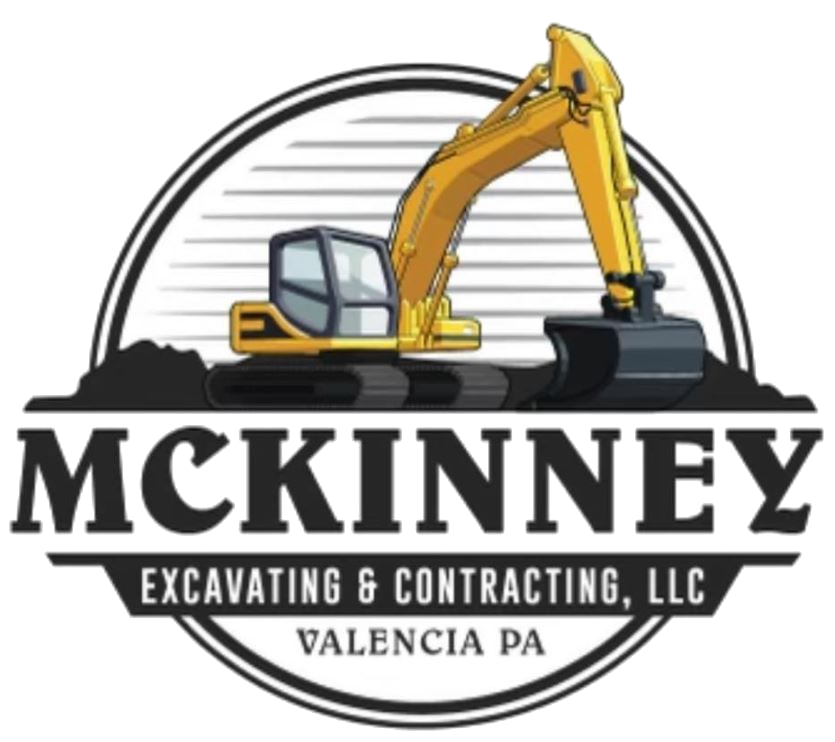
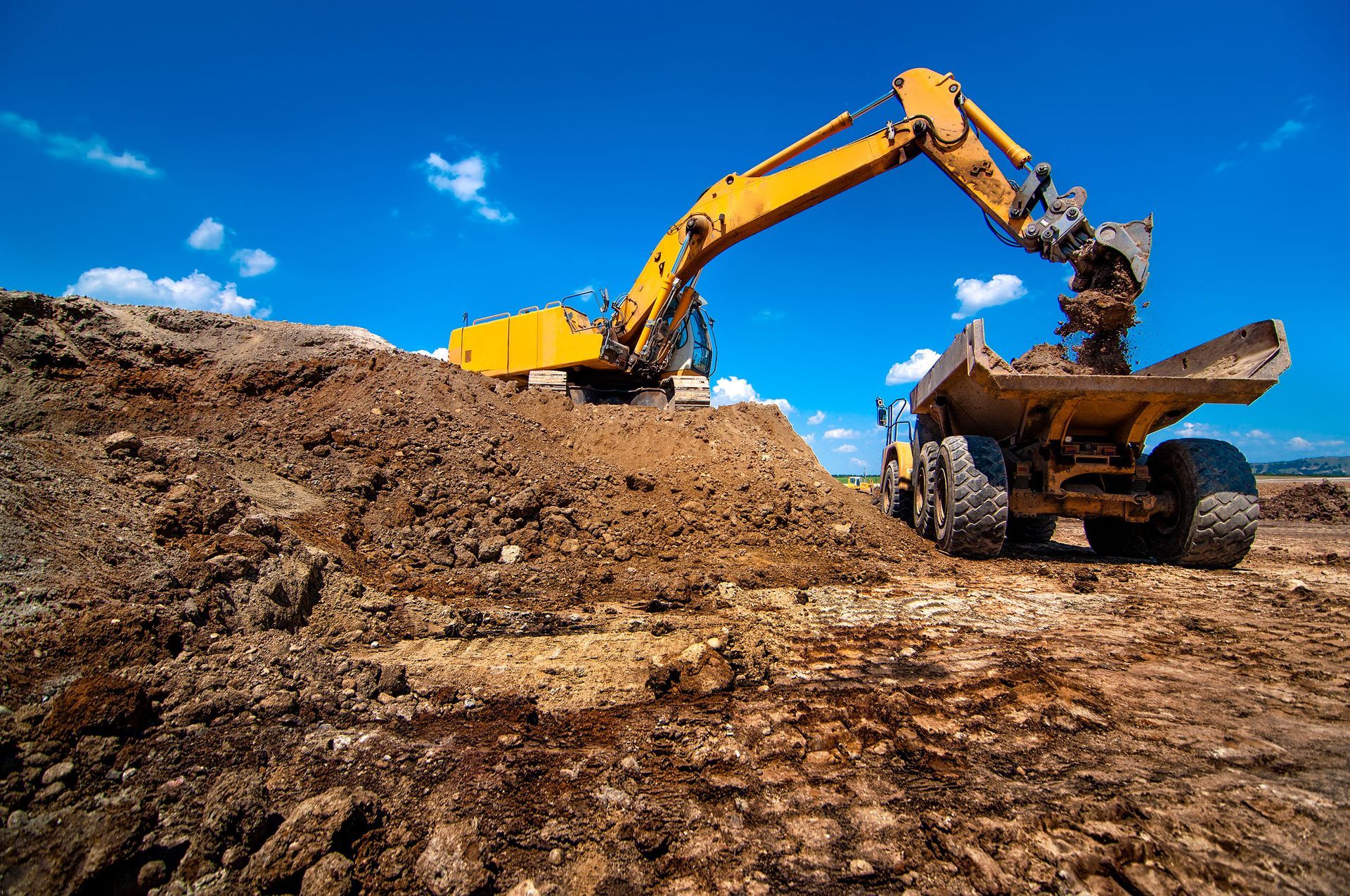
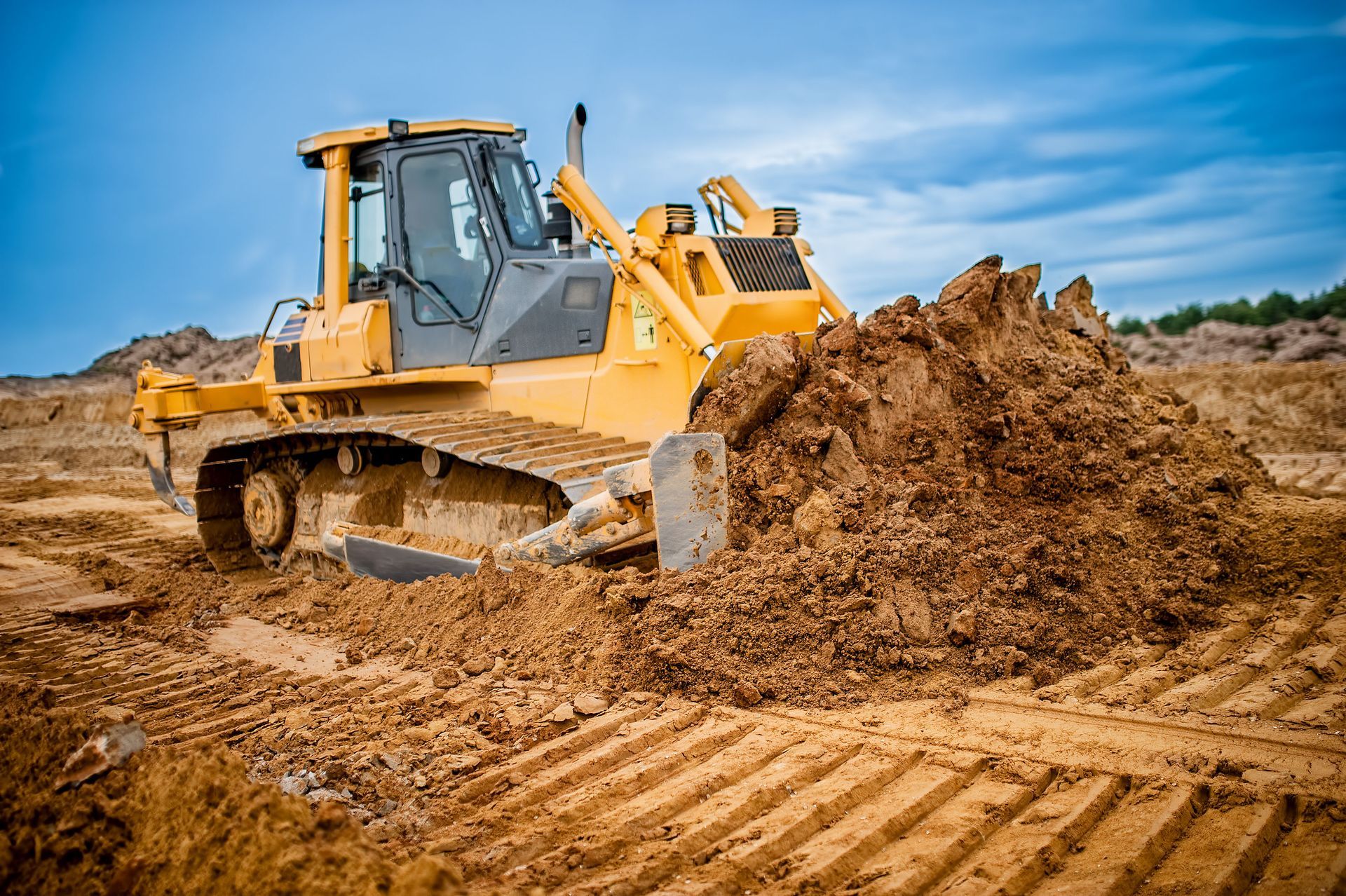
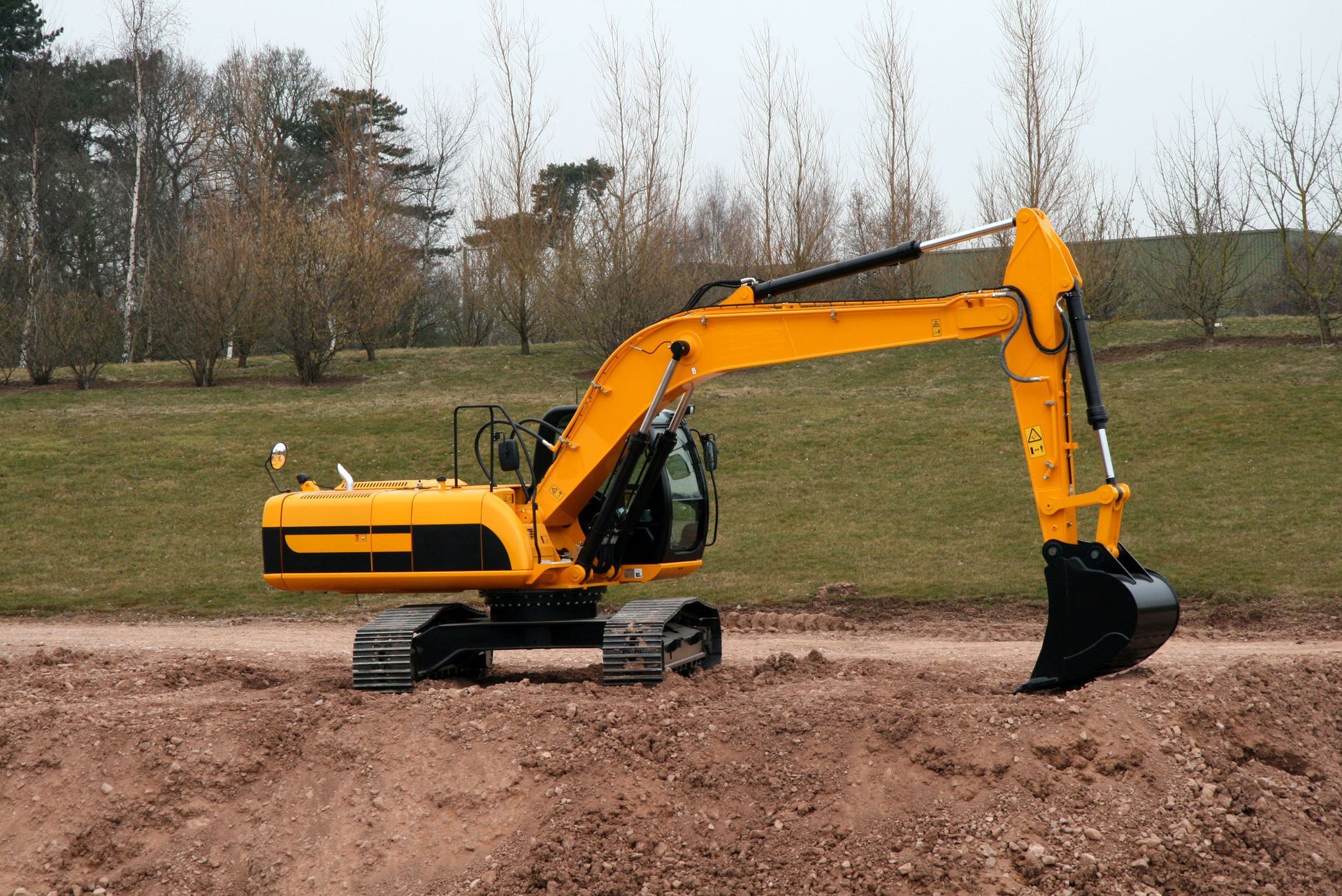
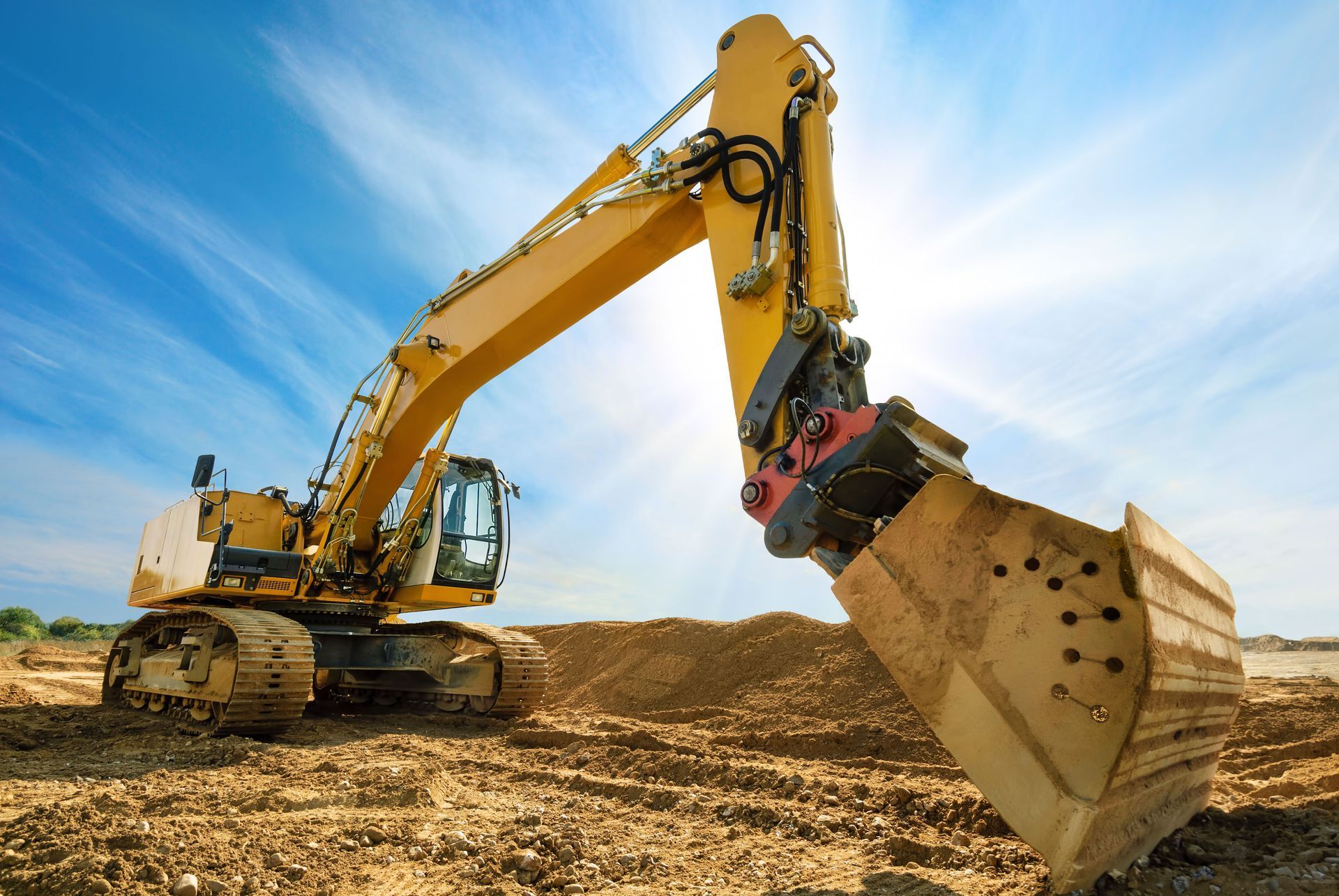
Share On: